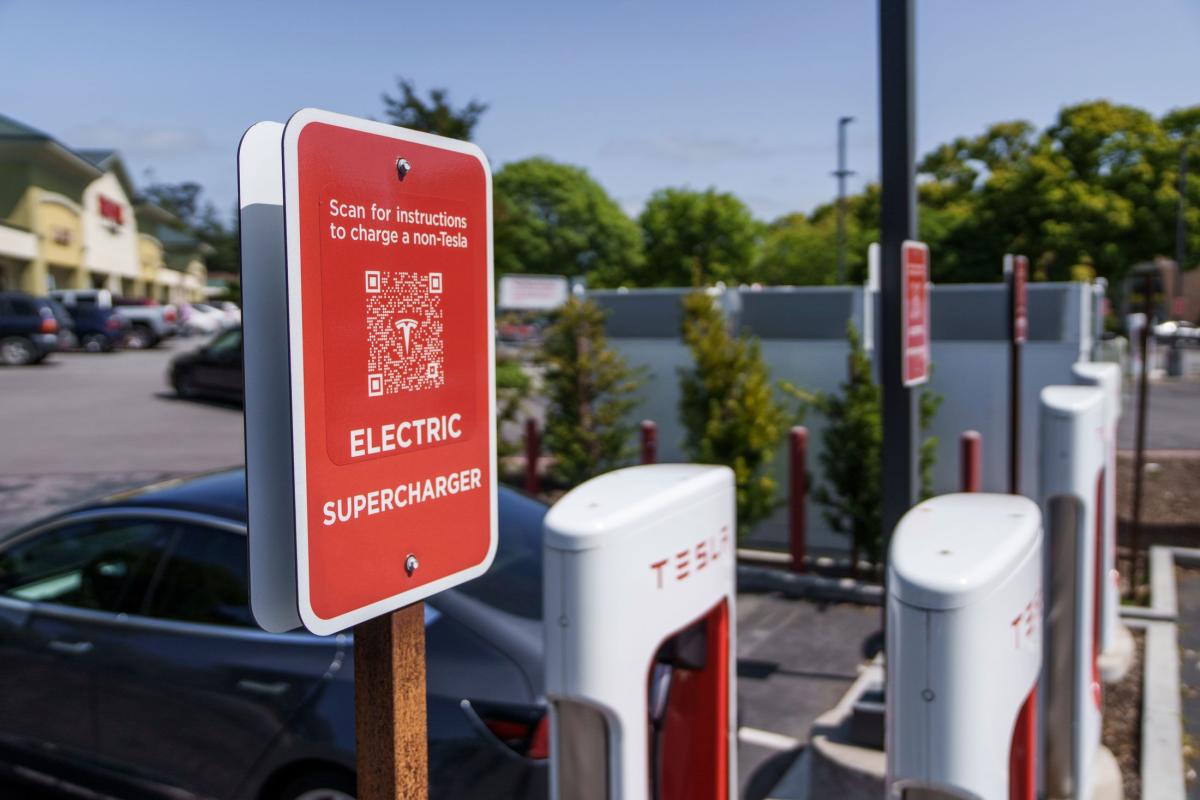First Ford, now General Motors have adapted the Tesla Supercharger system. The ball is now in Stellantis and the US made imports court.
GM to use Tesla charging network, joining Ford in leveraging the EV leader’s tech
KEY POINTS
• General Motors will follow crosstown rival Ford Motor in partnering with Tesla to use the electric vehicle leader’s North American charging network and technologies.
• GM, like Ford, will begin installing a charging port used by Tesla, known as NACS, instead of the current industry-standard CCS in its EVs starting in 2025.
• The deal was announced by GM CEO Mary Barra and Tesla CEO Elon Musk during a live, audio discussion on Twitter Spaces.
KEY POINTS
• General Motors will follow crosstown rival Ford Motor in partnering with Tesla to use the electric vehicle leader’s North American charging network and technologies.
• GM, like Ford, will begin installing a charging port used by Tesla, known as NACS, instead of the current industry-standard CCS in its EVs starting in 2025.
• The deal was announced by GM CEO Mary Barra and Tesla CEO Elon Musk during a live, audio discussion on Twitter Spaces.




Comment